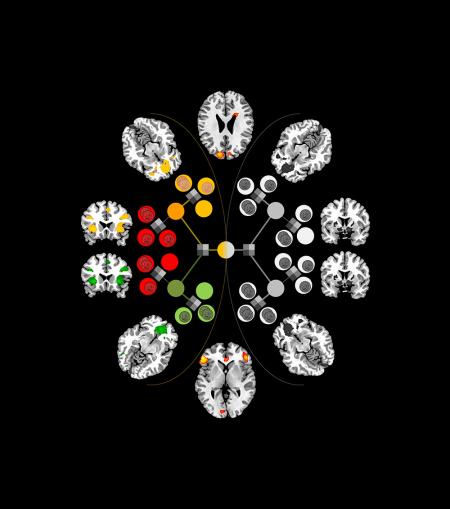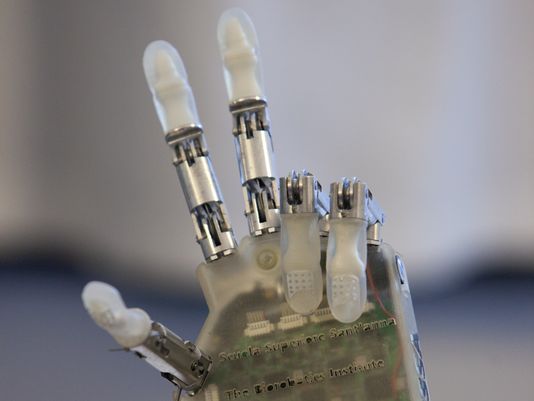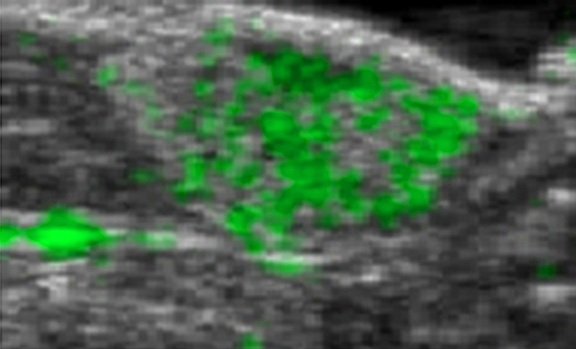Month: February 2014
-

Computational modeling and fMRI show the roles of brain regions in behavioral control
https://www.cell.com/neuron/abstract/S0896-6273(13)01125-2 John O’Doherty of the Caltech Brain Imaging Center has pinpointed areas of the brain—the inferior lateral prefrontal cortex and frontopolar cortex—that seem to serve as the “arbitrator” between model-based and model-free decision-making systems, weighing the reliability of the predictions each makes and then allocating control accordingly. Professor O’Doherty believes that this can lead to better…
-

Non-invasive, nanoparticle method for identifying atherosclerosis plaques
http://pubs.acs.org/doi/abs/10.1021/nl404816m Case Western‘s Michael Bruckman and colleagues have developed a multifunctional nanoparticle that pinpoints blood vessel plaques caused by atherosclerosis using MRI. The goal is to create a non-invasive method of identifying heart attack and stroke causing plaques vulnerable to rupture, in time for treatment. Currently doctors can only identify narrowing blood vessels caused by plaque…
-

Trial: Improved sense of touch and control in prosthetic hand
http://stm.sciencemag.org/content/6/222/222ra19 In the ongoing effort to improve the dexterity of prosthetics, a recent trial showed an improved sense of touch and control over a prosthetic hand. EPFL professor Silvestro Micera and colleagues surgically attached electrodes from a robotic hand to a volunteer’s median and ulnar nerves. Those nerves carry sensations that correspond with the volunteer’s index finger and…
-

Ultrasound combined with contrasting agent for radiation-free tumor detection
http://www.plosone.org/article/info%3Adoi%2F10.1371%2Fjournal.pone.0086642 University of North Carolina Professor Nancy Klauber-Demore has improved the resolution and tumor-detecting ability of ultrasound scans. Combining ultrasound with a contrast agent composed of tiny bubbles that pair with an antibody that many cancer cells produce at higher levels than do normal cells, Klauber-Demore was able to visualize lesions created by angiosarcoma. By binding to…